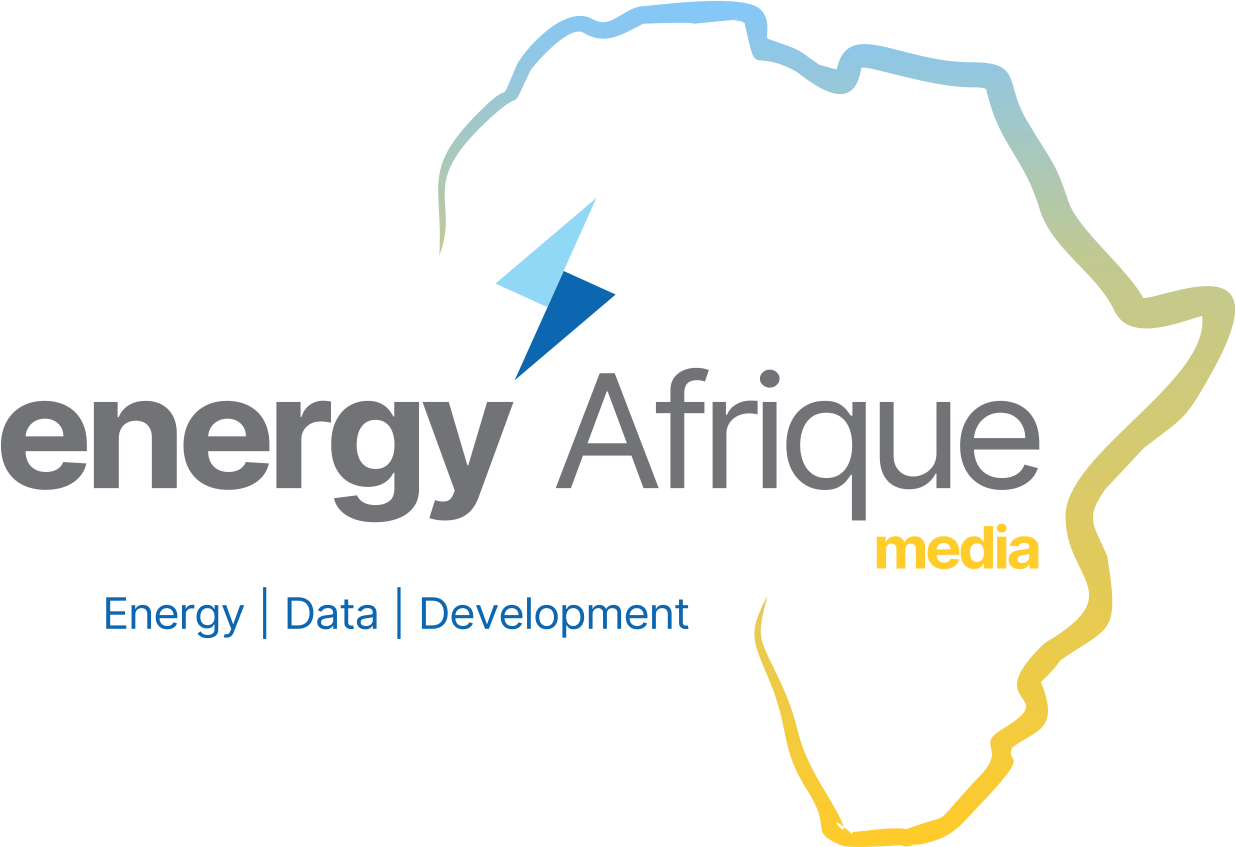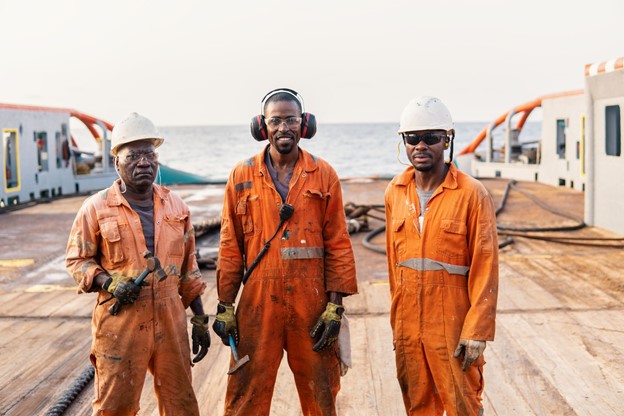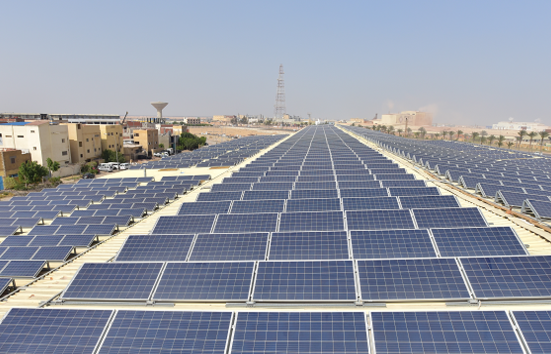There are three types of primary health threats faced by offshore oil and gas workers – natural threats, infectious disease, and personal health threats.
That’s according to Lars Petersen, the Regional Medical Director of health and security services firm International SOS, who told Rigzone, “we’re seeing more natural disasters due to climate change, such as frequent and erratic tropical storms and hurricanes”.
“Additionally, due to climate change infectious diseases are increasing. Outbreaks of new and existing infections becoming more regular, recent examples include Covid-19, measles, and malaria,” he added.
“Personal health threats come in the form of an aging workforce, which often has a higher rate of underlying chronic disease and an increase in mental health issues (depression and anxiety) brought on by the Covid-19 pandemic,” Peterson went on to state.
Speaking to Rigzone, Will Nichols, the Head of Climate and Resilience at risk intelligence company Verisk Maplecroft, said the company’s research in 2021 showed that more than 600 billion barrels equivalent of the world’s commercially recoverable oil and gas reserves are facing “high or extreme risks from physical climate threats by mid-century”.
“Offshore, these mounting risk will take the form of increasingly frequent and powerful storms, which can disrupt operations, damage assets, and threaten the safety of workers,” Nichols told Rigzone.
“More chronic threats, such as rising temperatures and sea levels, have the potential to force investments in resilience, whether that is maintaining operability in longer periods of extreme heat or protecting coastal infrastructure from increased risks from flooding and storm surges,” he added.
“Moreover, risks of accidents and spillages in ecologically sensitive locations could also increase as pipelines are exposed to more extreme weather events – events that they may not have been designed to withstand,” Nichols continued.
The Verisk Maplecroft head of climate and resilience noted that risks will differ across different locations, so investors, and increasingly regulators, are now looking for operators to identify which are the greatest threats to their investments and strategy over the coming decades.
“Mapping out the threats and opportunities arising over different time periods and scenarios, in line with the TCFD [Task Force on Climate-Related Financial Disclosures] recommendations, is the best way to address investor and regulatory concerns,” Nichols stated.
Verisk Report
In a report posted on the Verisk website in December 2021 – which was penned by Nichols and Verisk Maplecroft’s Senior Climate and Resilience Analyst Rory Clisby – the company representatives noted that, according to Verisk’s Climate Change Exposure Indices, Saudi Arabia, Iraq and Nigeria are among the oil and gas producing countries where the risk of climate related events disrupting the flow of oil to global markets is highest.
“Between them, these three countries account for nearly 19 percent of commercially recoverable oil and gas,” the report stated at the time.
In the report, the Verisk representatives noted that data shows that onshore oil and gas operations are exposed to the “full range of the physical impacts of climate change, including sea level rise, storms, heatwaves, flooding, and other extreme weather events”. Offshore operations are vulnerable to tropical cyclones and extreme wave heights, the report warned.
“In total, 10.5 percent of global commercially recoverable reserves are found in areas rated as extreme risk in the Climate Change Exposure Indices, while 29.5 percent were high risk,” Nichols and Clisby said in the report.
“This amounts to around 617 billion barrels equivalent,” they added.
Covid-19
As of 6.06pm CET on March 21, there have been 761.07 million confirmed cases of Covid-19 globally, with 6.87 million deaths, according to the latest information from the World Health Organization (WHO), which shows that a total of 13.26 billion vaccine doses have been administered as of March 26.
Europe has seen the most confirmed cases so far at 274.3 million, followed by the Western Pacific at 201.9 million, and the Americas at 191.1 million, the latest WHO data shows. The weekly Covid-19 cases peak was seen on December 19, 2022, at 44.2 million, while the weekly Covid-19 death peak was seen on January 18, 2021, at 102,069, according to WHO figures.
“SARS-CoV-2 continues to evolve,” WHO said in a statement posted on its website earlier this month.
“Since the beginning of the Covid-19 pandemic, multiple variants of concern (VOCs) and variants of interest (VOIs) have been designated by WHO based on their assessed potential for expansion and replacement of prior variants, for causing new waves with increased circulation, and for the need for adjustments to public health actions,” WHO added in the statement.
“The Omicron viruses account for over 98 percent of the publicly available sequences since February 2022 and constitute the genetic background from which new SARS-CoV-2 variants will likely emerge, although the emergence of variants derived from previously circulating VOCs or of completely new variants remains possible,” WHO warned.
Culled from Rigzone.com









